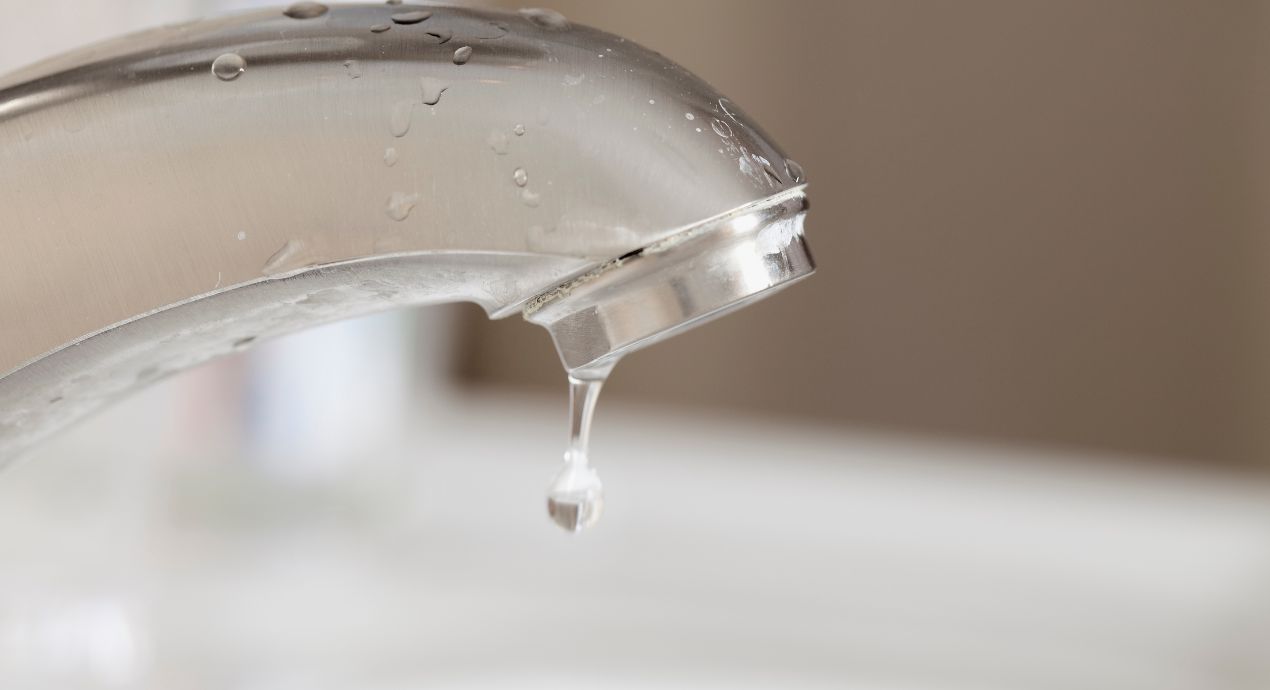How Much Water Does a Dripping Faucet Waste?
View Count:188 CategoryNews
At first glance, a dripping faucet might seem like a minor annoyance—just a slow, occasional plink into the sink. But over time, those small drips can lead to significant water waste, higher utility bills, and even long-term damage to your plumbing fixtures. So, how much water does a dripping faucet actually waste? And what can you do about it? Let’s break it down.
The Math Behind a Drip
It’s easy to underestimate the impact of a drip because it seems so insignificant. However, even a single drip per second adds up quickly.
1 drip per second = ~3,000 gallons of water wasted per year.
That’s enough water to run over 180 showers, flush a toilet 1,500 times, or fill a standard backyard pool.
These estimates are based on research by the U.S. Geological Survey and Environmental Protection Agency (EPA), which classify leaky faucets as one of the most common sources of household water waste. Multiply this waste across millions of homes, and you’re looking at billions of gallons of lost water annually—a sobering thought, especially in areas facing water scarcity.
A Closer Look: Drip Rates and Water Waste
Let’s look at different drip rates and their corresponding impact:
| Drip Rate | Water Wasted per Day | Per Month | Per Year |
|---|---|---|---|
| 1 drip per second | ~5 gallons | ~150 gallons | ~3,000 gallons |
| 10 drips per second | ~50 gallons | ~1,500 gallons | ~18,000 gallons |
| Steady trickle | 120+ gallons | ~3,600 gallons | ~43,000 gallons |
Even a seemingly minor increase in the drip rate (from 1 to 10 drips per second) can multiply your water waste by six.
Why Do Faucets Drip?
Faucets drip for various reasons. Common causes include:
Worn-out washers or O-rings: These rubber components can degrade over time, especially in older compression faucets.
Corroded valve seats: When the valve seat (which connects the faucet and the spout) corrodes, it can lead to leaks.
Loose or damaged parts: General wear and tear, especially in cartridge or ball faucets, can cause internal parts to loosen or break.
High water pressure: Excessive pressure can cause water to leak from the weakest point—often the faucet.
Most of these issues are relatively inexpensive and easy to fix. Yet many people delay repairs, not realizing the long-term impact.
The Financial Cost of a Dripping Faucet
Water waste doesn’t just impact the environment—it hits your wallet too. If you live in an area where water rates are high, a single leaky faucet could add $20–$60 per year to your water bill. If multiple fixtures leak, or the leak worsens, costs can quickly add up to hundreds of dollars.
In commercial buildings or apartment complexes, where dozens (or even hundreds) of faucets may be in use, undetected leaks can result in thousands of dollars in wasted utilities annually.
Environmental Impact
Beyond money, there’s a broader ecological concern. Water is a finite resource, and many regions around the world face increasing droughts and water shortages. Wasting clean, treated drinking water through preventable leaks puts additional pressure on:
Water treatment facilities
Energy consumption (used to pump and treat water)
Natural ecosystems, especially in dry regions where water is diverted from rivers and reservoirs
Fixing a faucet leak is one of the simplest ways individuals can make a meaningful environmental impact at home.
How to Check for Leaks
Not all faucet leaks are as obvious as a steady drip. Some may only leak when the handle is turned, or leak beneath the sink. Here are a few ways to identify and track water leaks:
Visual inspection: Look for dripping, puddling, or water stains around sinks.
Listen: Quiet leaks can often be heard, especially at night when background noise is minimal.
Check the water meter: Turn off all faucets and water-using appliances. If the meter continues to run, you likely have a hidden leak.
Use a drip calculator: The U.S. Geological Survey offers a simple online tool to estimate water waste from faucet drips. (USGS Drip Calculator).
How to Fix a Dripping Faucet
Repairing a faucet is often easier than you think. You’ll typically need basic tools like a wrench, screwdriver, and replacement parts (washers, cartridges, etc.). Here are the general steps:
Turn off the water supply to the faucet.
Disassemble the faucet carefully.
Inspect washers, O-rings, and valves for signs of wear.
Replace the worn components with matching parts.
Reassemble and test the faucet for leaks.
If you’re unsure, a professional plumber can usually handle the job quickly—and it’s often cheaper than continuing to pay for wasted water.
Preventing Future Leaks
Regular maintenance is key to preventing leaks. Here are a few tips:
Avoid overtightening faucet handles.
Inspect faucets annually for signs of wear.
Use quality parts when replacing components.
Consider upgrading to a newer model, especially one with ceramic disc valves, which are more durable and less prone to leaks.
Conclusion: Every Drop Counts
While a dripping faucet might seem trivial, its impact on your wallet, water bill, and the environment is anything but. Just one drip per second can waste thousands of gallons of water annually. By taking quick action to identify and fix leaks, you can conserve water, lower your expenses, and play a role in protecting a vital natural resource.
If you’re dealing with a leaky faucet, don’t wait. Whether you’re a homeowner, renter, or landlord, addressing the issue now can save you significantly in the long run—because when it comes to water waste, every drop truly counts.
 Faucet Online
Faucet Online


您好!Sign In